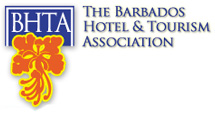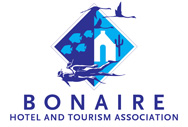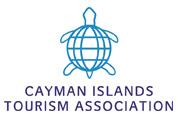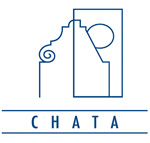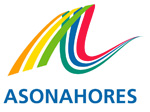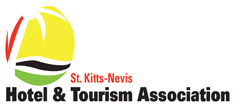Social Media: the Next Generation of Disaster Response
Emergency management, once the exclusive domain of official channels, is now turning to social media to reach more people in less time. Due to its broad appeal and ability to quickly disseminate information, social media has become an indispensable and game-changing tool in the face of natural disasters and emergency situations.
Social media tools allow emergency managers to disseminate information to wider audiences, interact with the public, get a better sense of what’s happening on the ground during a crisis, get better situational awareness, and improve collaboration for sharing information, best practices and lessons learned.
The convergence of social networks and mobile has thrown the old response playbook out of the window, and empowered the affected populations to take back control of their situation. Rather than just disseminating information, emergency responders can receive feedback and information directly from survivors during a crisis or an event. Responders can also monitor social channels to have an ear to the ground and be more informed about what is happening in real time to respond accordingly.
In 2015, within a few hours of the devastating 7.8-magnitude earthquake hitting Nepal, Facebook created its “safety check” feature. This feature locates Facebook users in the region of a disaster site either by through the city listed on a user’s profile or from where they last used the Internet, further emphasizing the power digital. “When disasters happen, people need to know their loved ones are safe,” Facebook CEO Mark Zuckerberg stated. “It’s moments like this that being able to connect really matters.”
Dangers of Social Media
Of course, all these fast-paced communications do pose inherent risks. Although mistakes often get fixed via the “Wikipedia effect,” in which other users correct the errors, false information can easily go viral. Social media can also be a lucrative platform for scam artists that pop up in the wake of a tragedy. This is why having a pre-established digital preparedness plan is vital to truly leverage the power of social media and tweaking it to fit an emergency.
Three key elements of an effective digital strategy:
- Strengthen your Digital Channels: before disaster strikes, have a strategic plan in place to guide your communications on your social media channels. If your audience already engages with you on social media and you are already a resource to your audience, they will naturally gravitate to you for current, accurate and official information.
- Build Relationships with Reputable Channels: establish a list of local government officials, news organizations, local associations, hospitals, airports, etc. and connect with them on and offline. In emergencies, it is important to establish these connections in advance and determine the best method of communication in case of an emergency situation.
- Create an Emergency Contact Tree: your employees, consultants and staff must have an assigned roll in case disaster strikes. If you have personnel located out side the emergency area, they must be engaged as your primary main line of communication.
Case Studies
Below are three inspiring social media case studies that can shine a light on the best role social media can play in disaster response:
The Red Cross has been at the forefront of social media case studies in disaster response using its social media accounts to serve communities in an emergency. BLOG: The Red Cross blog covers many topics related to the organization and its mission. During active disasters, the blog is the primary tool for sharing disaster-related information. FACEBOOK: The Red Cross’ Facebook page, which has more than 830,000+ Likes, serves as a community forum for providing information, sharing and discussing current issues, and learning how to take action and donate funds. FLICKR: The Red Cross’ extensive volunteer network operating in many locations provides a substantial database of photos of impacted communities and relief efforts. PINTEREST: The Red Cross uses Pinterest to give visitors the ability to pin Red Cross-related images to their own pinboards and share information through social media platforms.
CITY OF NEW ORLEANS, HURRICANE ISSAC (2012)
Early on, reports indicated that Florida would be in the storm’s path during the same week as the scheduled Republican National Convention. As the storm changed its path and headed toward New Orleans, official organizations such as the National Hurricane Center, the National Weather Service, FEMA, and the City of New Orleans used #Isaac and #NOLA consistently on social media networks to clarify alerts and warnings. The New Orleans mayor’s Twitter account was used to respond directly to community members’ Twitter messages and to correct misinformation. Community members posted eyewitness videos and photos of damages and reported utility outages, flooding locations, and road closures. FEMA and the City of New Orleans used this information to plan their response efforts.
PORT-AU-PRINCE, HAITI, 2010 EARTHQUAKE (2010)
After the Haiti earthquake, hundreds of volunteers around the world, dubbed in the media as “digital humanitarians.” As part of the effort, the volunteers first completed the digital mapping of the country using satellite imagery. An open source interactive mapping solution called Ushahidi Platform was then used to map geotagged Twitter messages and other mappable content from hundreds of other online sources. Another successful venture during the Haiti crisis, the American Red Cross’ charity text message campaign, took advantage of smartphone and SMS messaging technology. The campaign raised more than $22 million for Haiti relief within only a few days of the earthquake, thereby demonstrating the power of mobile technology. The charity’s previous record for a text-based campaign was $400,000.





